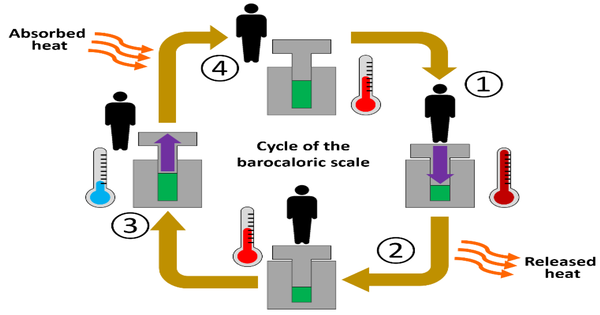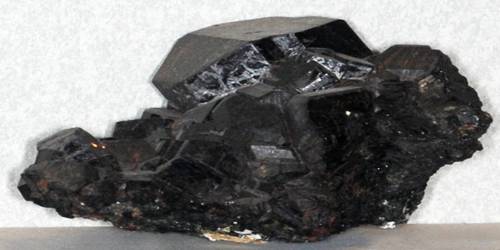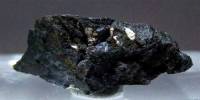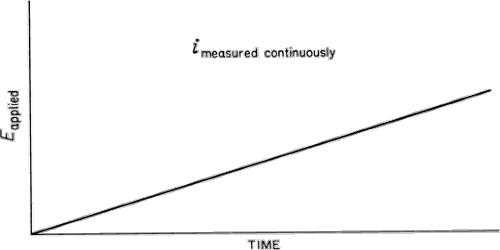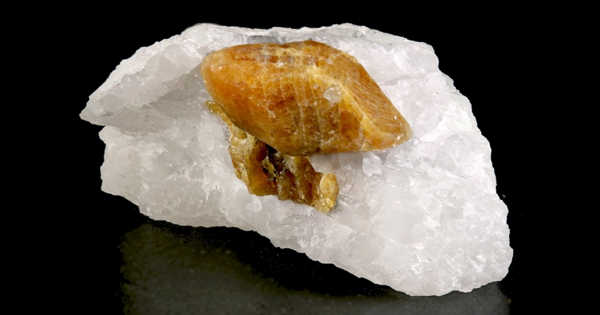Barocaloric materials exhibit strong, reversible thermic responses to pressure changes. Many involve heat-releasing solid-to-solid phase changes from disordered to ordered and rigid under increased pressure. Solid-to-solid phase change occurs in barocaloric solids. Natural rubber is a barocaloric material that processes heat without changing phases.
Barocaloric materials are those that exhibit a large adiabatic temperature change in response to pressure application. These materials have recently gained attention as potential alternatives to traditional refrigerants due to a number of benefits, including being more energy-efficient, environmentally friendly, and potentially having a longer lifespan.
When subjected to pressure, barocaloric materials can undergo a solid-to-solid phase transition, resulting in a change in entropy and temperature. This phase transition is reversible, which means that the material can be cycled between the low- and high-temperature phases by simply changing the pressure.
Copper(II) hydroxide, a type of metal-organic framework (MOF) that has been shown to exhibit a massive barocaloric effect, is one of the most promising barocaloric materials. Elastomers, polymers, and magnetic materials are examples of potential barocaloric materials. While much research remains to be done in this field, the development of efficient barocaloric materials could have a significant impact on refrigeration technology and help reduce refrigerant environmental impact.
Advantages
Barocaloric materials work by taking advantage of the fact that certain materials undergo a phase transition (e.g., from solid to liquid) when pressure is changed. This phase transition absorbs or releases heat, allowing the material to be used as a refrigerant. The material can be cooled by applying pressure to it, and warmed by releasing pressure.
One advantage of barocaloric materials is that they do not require harmful gases, making them a more energy-efficient and environmentally friendly alternative to traditional refrigeration technologies. More research is needed, however, to optimize the performance of barocaloric materials and develop practical applications for this technology.
